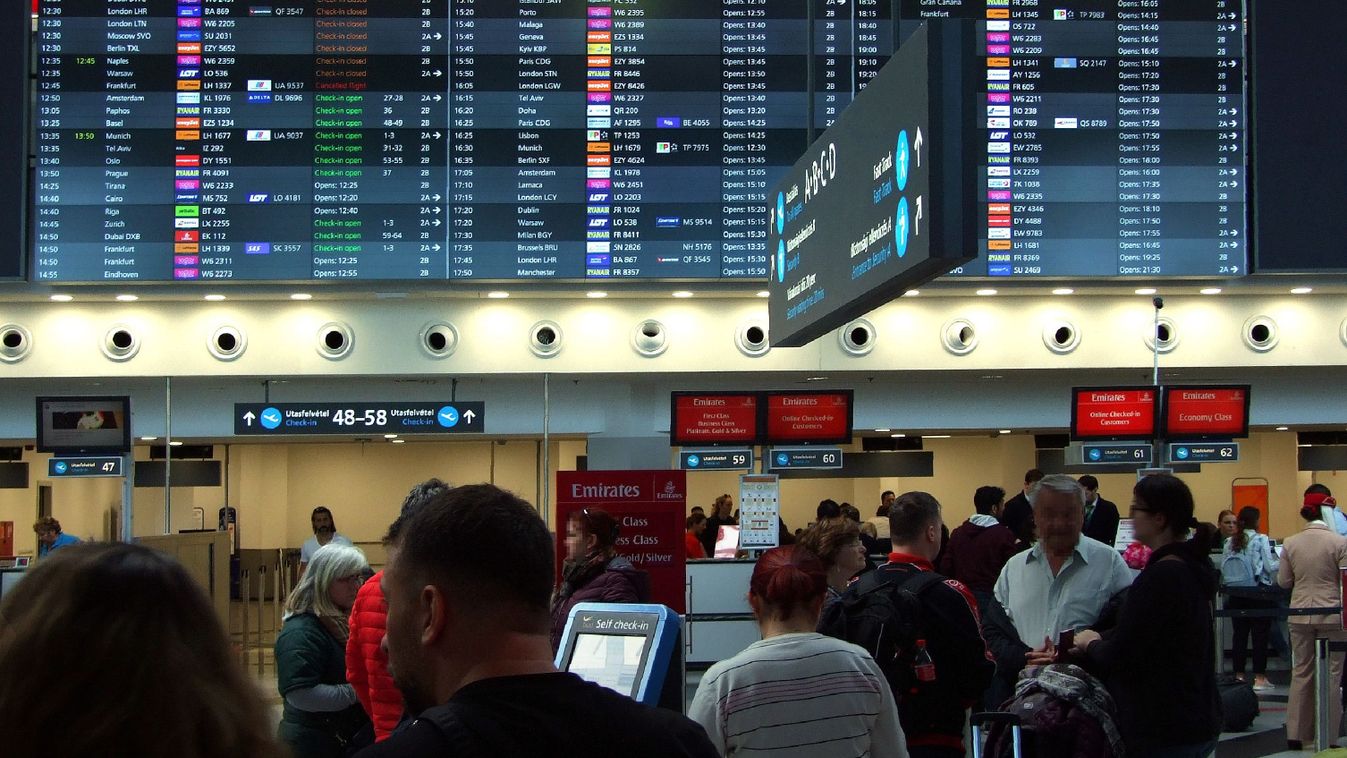Global Markets' Time Factor
Markets have been understandably buoyant in the first quarter of 2013. Most economic data confirm that, after the trauma caused by the global financial crisis, the United States’ economy is healing, and doing so in an accelerated fashion.
The sequence is now well established. It started with large multinational companies, which are on as solid a financial footing as I can remember. Smaller firms are gradually recuperating; banks have rebuilt their capital cushions and reduced their dubious assets; the housing sector has stabilized; and a growing number of households are reestablishing healthier balance sheets, especially as employment gradually picks up.
This private-sector recovery is helping government finances. The US budget deficit has been on a downward trend for now, helped by both higher revenues and lower pressure on spending (for example, payments to the unemployed have fallen as joblessness has declined).
The healing process is also evident in Europe, though, unfortunately, it is effectively limited only to sovereign-bond markets. The real economy remains under enormous pressure in several countries, as economies contract and unemployment remains alarmingly high.
After flirting with disaster last July, interest-rate spreads for eurozone bonds have generally been subdued, and financial segmentation has been slowly reversed (that is, at least before European officials embarked on the controversial path of trying to impose losses on guaranteed bank deposits in Cyprus). Moreover, as Ireland’s highly successful €5 billion ten-year bond issue in mid-March demonstrated, some countries are in the process of restoring normal access to capital markets.
The impact on markets of these trends has been turbocharged by central banks, which are risk markets’ best friends. This is not because they wish to play that role; rather, it is because higher asset prices are essential if central bankers stand any chance of delivering the desired economic outcomes of higher growth and stronger job creation.
This is most evident in the US, where markets love the Federal Reserve’s trifecta of near-zero policy interest rates (negative in real terms), aggressive forward policy guidance, and asset purchases – all of which push investors to take more risk. Markets also welcome the fact that the Fed’s hyperactive experimentation is forcing other central banks around the world to pursue more expansionary policies.
Indeed, from the Bank of Japan’s dramatic policy U-turn to the Bank of Mexico’s surprise interest-rate cuts, the Fed’s approach is affecting central banks in a growing number of countries. Pushed further away from best-case scenarios, they are unable to ignore the global liquidity impact of the Fed’s policies, yet they lack the right policy tools to address it.
The mix of endogenous healing and strong central-bank tailwinds, including from a “whatever it takes” European Central Bank, has also helped markets shrug off troubling political uncertainties. Be it the US Congress’s paralyzing polarization or Italy’s protest vote against the established political order, politicians are being given time to overcome their dysfunction, thereby minimizing any immediate disruptive impact.
Understandably, investors have interpreted all of this as a green light to take more risk. And with the hype this month over eight successive records for the Dow Jones index (and many other records around the world), excitement induces more investors to enter riskier asset markets.
The excitement is not anxiety-free, however, and rightly so. Investors worry about the longer-term consequences of political dysfunction, another year of European economic contraction, disastrously high unemployment, unprecedented – and thus untested – central bank policies, and increasing global tensions. And the recent bungling of the Cyprus rescue does not help. No wonder some have called the recent market rally “one of the most unloved” in history.
This mix of excitement and anxiety is, in fact, a sign of the looming crossroads that faces investors. One road, involving a relatively orderly handoff from policy-assisted recovery to self-sustaining growth, offers the possibility of even greater financial rewards, as rapidly improving economic and political conditions validate current artificial pricing and drive it higher.
The other road is a lot less attractive. With insufficient endogenous healing and no economic escape velocity, the effectiveness of central banks’ policies wanes and political dysfunction increases, leading to financial losses, volatility spikes, and huge risk-management challenges.
Given current policy and political uncertainties – and the multiple equilibria that they entail – it is difficult to predict with a high degree of confidence which road eventually will be taken and when. Those who claim otherwise may well fail to appreciate fully the exceptional nature of the current situation.
In these circumstances, timing may not be everything, but it may prove to be a key determinant of the probabilities. If the journey to the crossroads is accelerated by a large geopolitical shock (originating in, say, the Middle East or North Korea) and/or a serious political breakdown in Europe (for example, a meltdown in Cyprus or prolonged political paralysis in Italy), the probability of taking the adverse path rises to an uncomfortably high level. If, however, central banks can contain domestic and global inconsistencies long enough, the combination of endogenous healing and eventual political progress would significantly improve the probability distribution.
Have no doubt: today’s markets rely heavily on the old adage that “time heals all wounds.” The timekeepers are central banks. But their control of the clock is less than perfect; and it will become increasingly ineffective if economic improvement faces additional political headwinds in the months ahead.
copyright: Project Syndicate
www.project-syndicate.org

Portfóliónk minőségi tartalmat jelent minden olvasó számára. Egyedülálló elérést, országos lefedettséget és változatos megjelenési lehetőséget biztosít. Folyamatosan keressük az új irányokat és fejlődési lehetőségeket. Ez jövőnk záloga.























